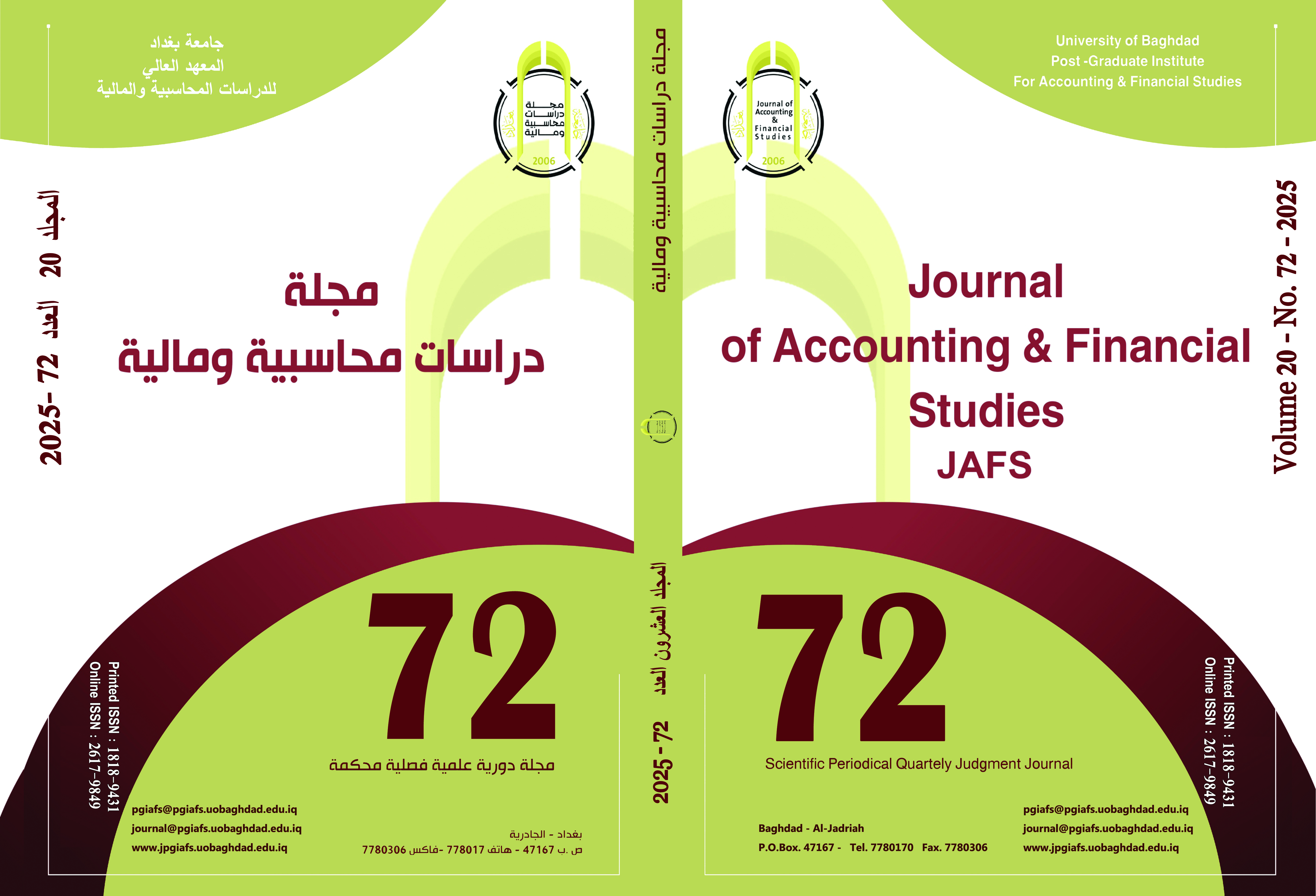Analyzing the Performance of Citizens and Employees Using Lean Six Sigma Methodology in the Mansour Passport Directorate
DOI:
https://doi.org/10.34093/sxzny744Keywords:
Sigma Levels, DMAIC, Lean Six SigmaAbstract
The institutions suffer from a disparity in the performance of employees and citizens, leading to repeated errors and defects, which affects the quality of service. The study aims to use Lean Six Sigma to improve performance by determining Sigma levels and addressing issues to reach Six Sigma. The problem lies in the lack of awareness of this technique and the absence of its systematic use to improve processes and reduce variability. The technique provides a structured framework for process improvement through defined stages: identifying the problem, measuring current performance, analyzing data, and improving processes by relying on the DMAIC methodology (Define, Measure, Analyze, Improve, Control) in Lean Six Sigma application. Additionally, it calculates Defects Per Unit (DPU) and Defects Per Opportunity (DPO) for both employees and citizens to determine their respective Sigma levels.The researcher used the SPSS statistical program to extract the DMAIC stages and concluded that employees operate at the first Sigma level, while citizens are at the second level. One of the most important recommendations the researcher reached is that a detailed analysis of the causes and factors of repeated errors in each of the five pillars (senior management support and commitment, organizational culture, training, quality, and organizational strategy) should be conducted. This will help identify weak points and areas that need improvement, as well as raise awareness of Lean Six Sigma. To address this issue, management must educate employees on Lean Six Sigma through training courses, conferences, and seminars.
Downloads
Published
Issue
Section
License
The copyright is transferred to the journal when the researcher is notified of the acceptance of his research submitted for publication in the journal.



